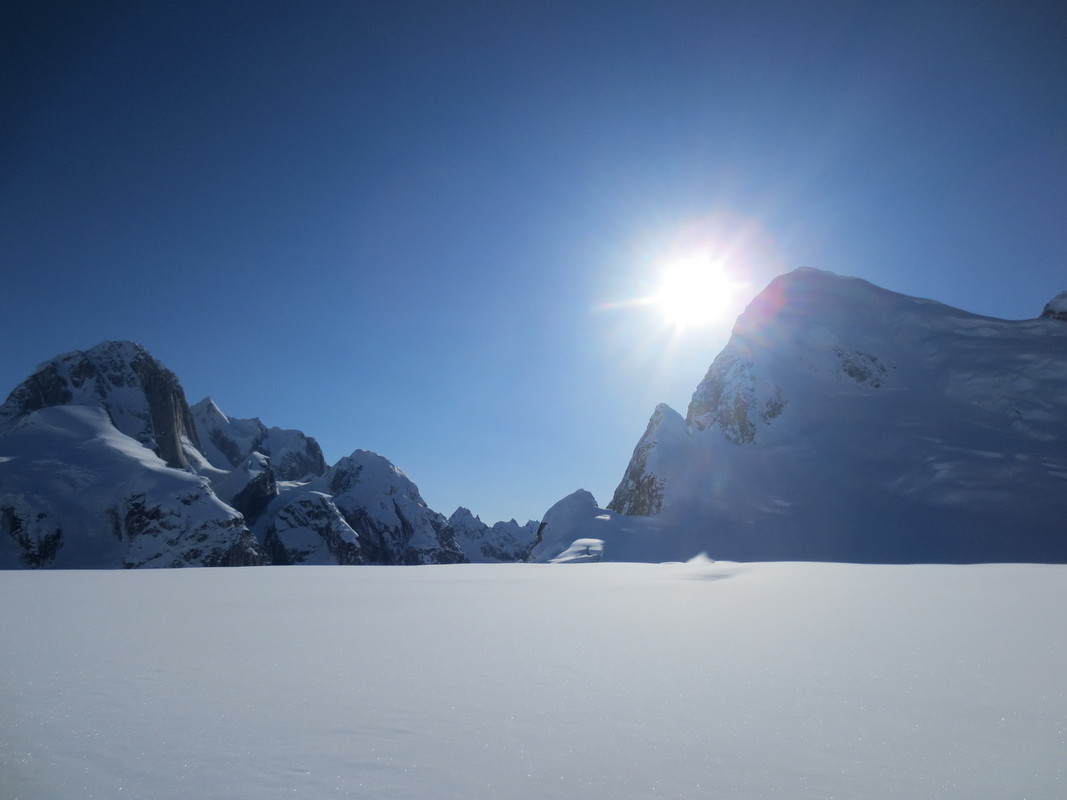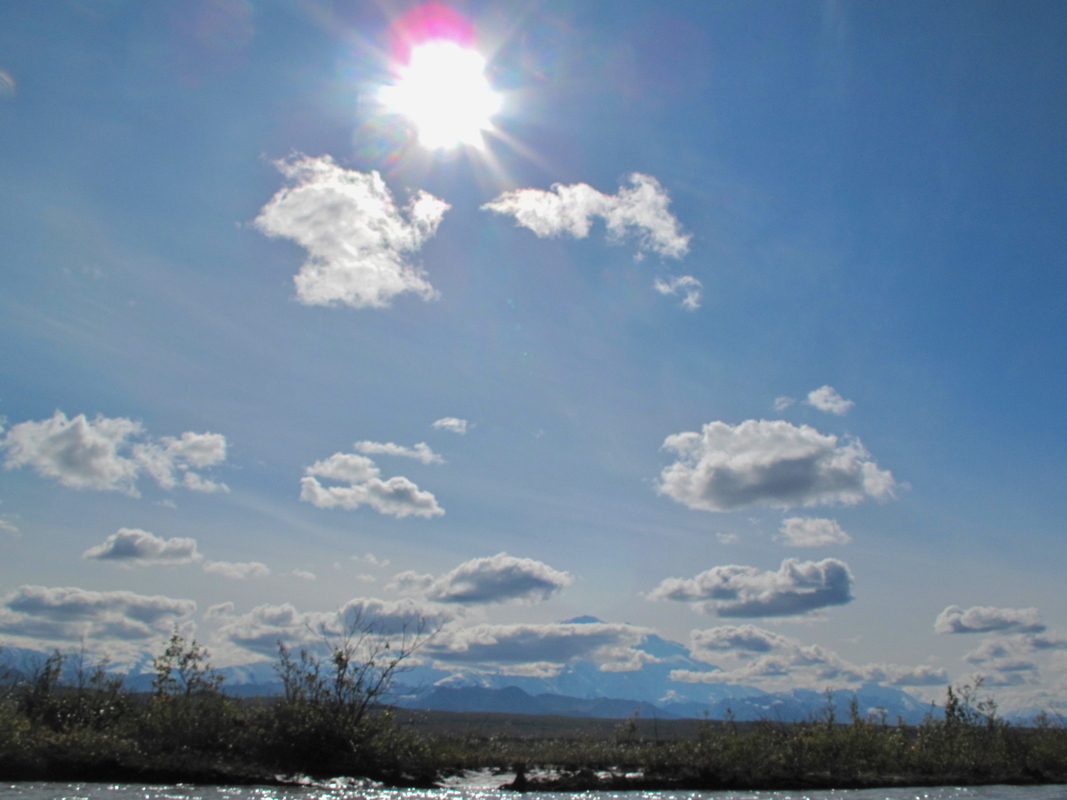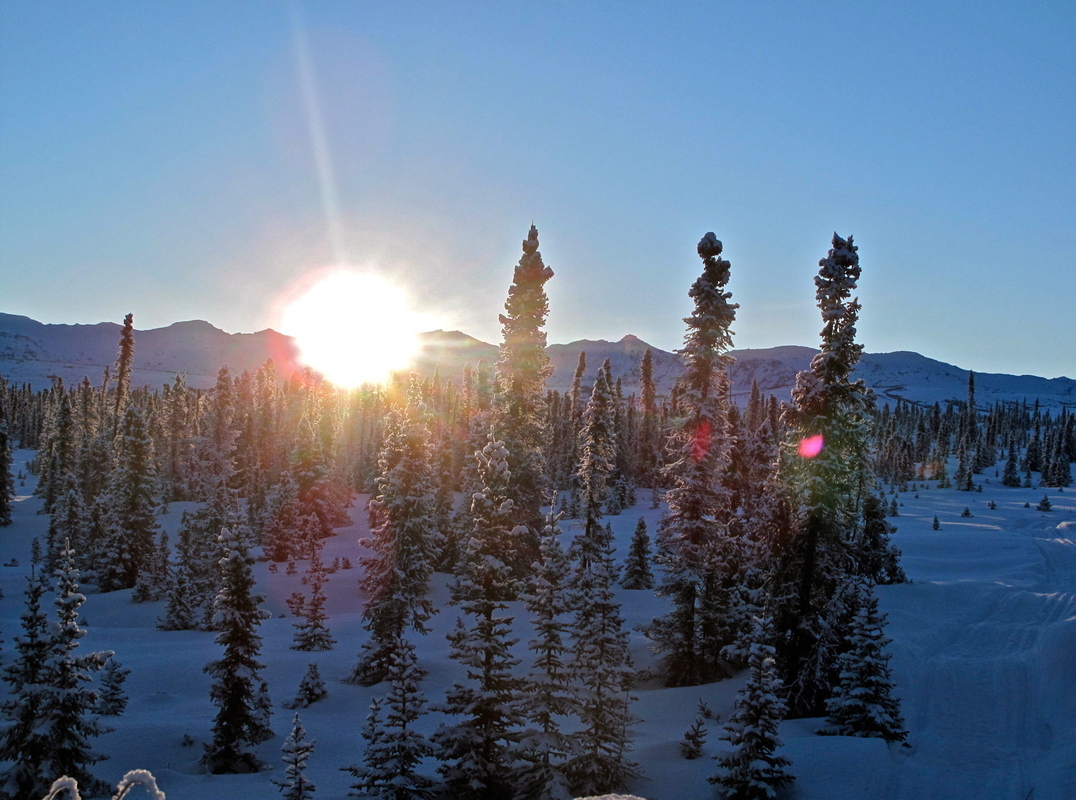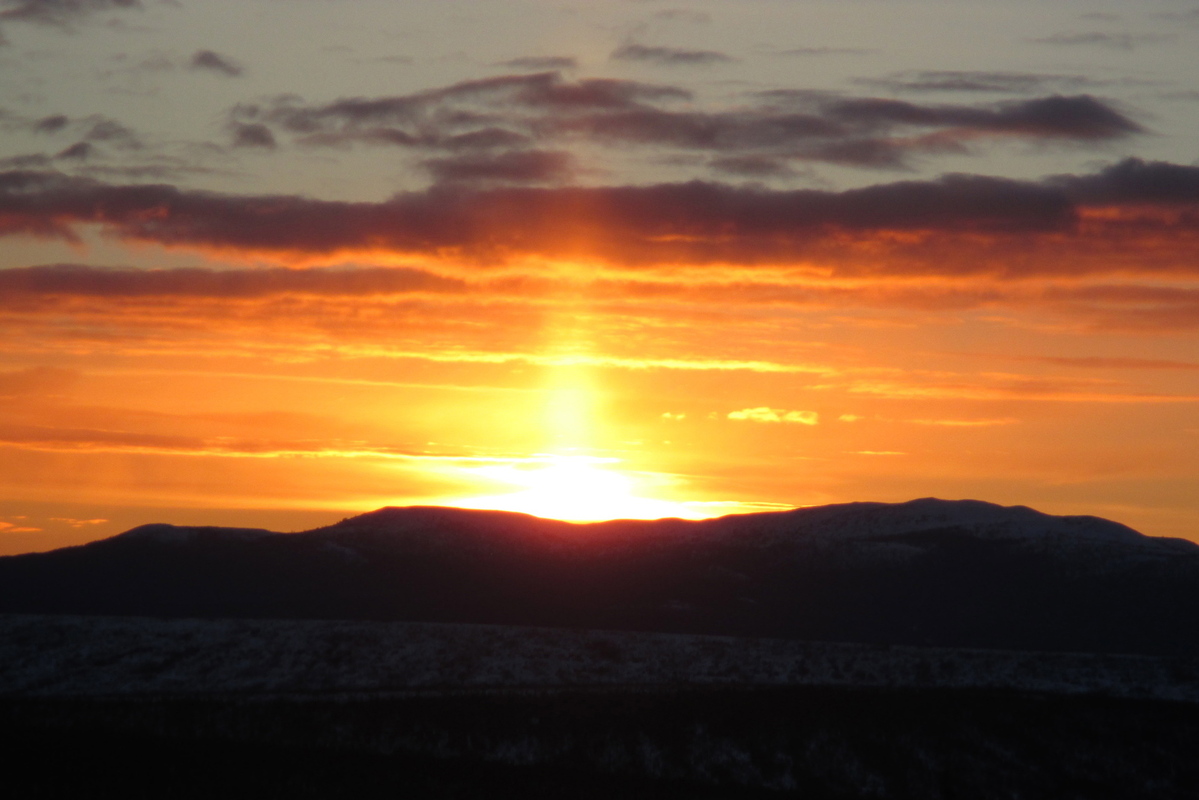


Just because it is light out does not mean it is daytime. Just because it is dark does not mean it is time for bed.
It seems a common reaction of the average working individual to look at a calendar and double take: “How is it May already?” The reaction is not necessarily a surprised one (as the person is likely well aware of the month), but rather simple disbelief that time can pass so quickly.
In Alaska there is one sure thing that will remind you of the time of year – the sun. It makes larger arcs in the sky each day from the winter to summer solstice. It can hardly be said that the sun “rises in the east” and “sets in the west” in Alaska. In winter, the arc starts just above the horizon in the southern sky, and each day becomes a little wider. Eventually the arc begins and ends in the northern sky when summer arrives.
My cabin has big windows on all sides, and the sun rises and sets in each and every one of those windows at some point throughout the year. When winter takes hold, the sun only glows from behind the mountains out of my south-facing window. Twenty-two days after the solstice, not a day sooner, it will finally break through the low passes in the range, flooding my cabin with sunlight in five-minute spurts before disappearing behind a mountain’s peak. By February, I can no longer work comfortably at my east-facing computer desk in the morning. The dawn beams come streaming through that window rather than from the south. By March, it is impossible to block the glare on the TV coming through the west-facing windows in the evening. At that point, I know spring has arrived. The sun signals summer when in the early hours of the morning, still the middle of the night for that matter, the sun’s rays burst through my north-facing window. It becomes near impossible to sleep through the constant daylight shining right into my eyes. Even with curtains, the light will find the cracks and remind me that summer is here.
People often ask how I deal with the darkness in winter. What they should be asking is how I deal with the constant daylight in summer. Each pose challenges for the psyche, but I fully embrace both. It gives me energy to watch the sun work its way through the sky, making dramatic changes as seasons come and go. Winter offers peaceful twilight, allowing for quiet evenings in front of the fire. As daylight creeps back, the long to-do list that piles up starts being checked off. Why not chop wood at 11PM when the bugs are put to bed and the sun is still high in the sky?
Before I know it, the sun isn’t coming up until my drive to work in the fall. Soon I do not have to use my sun visor on the highway on the morning commute, which means winter is arriving once again.




